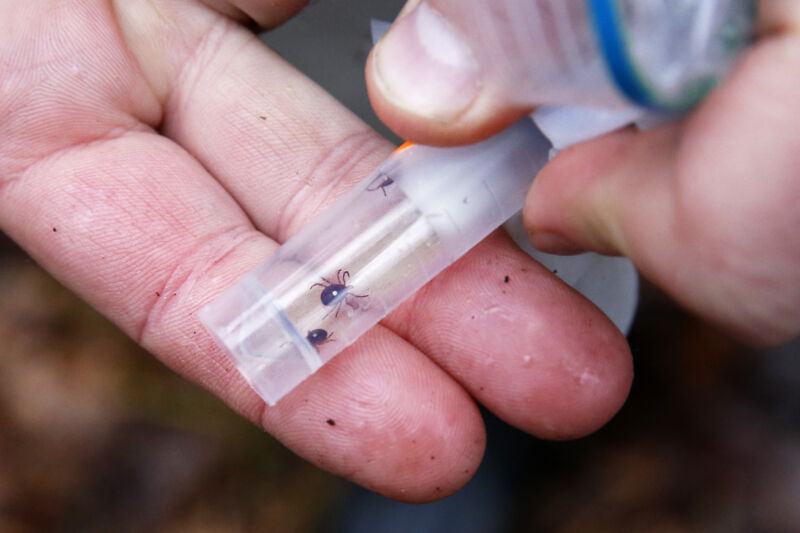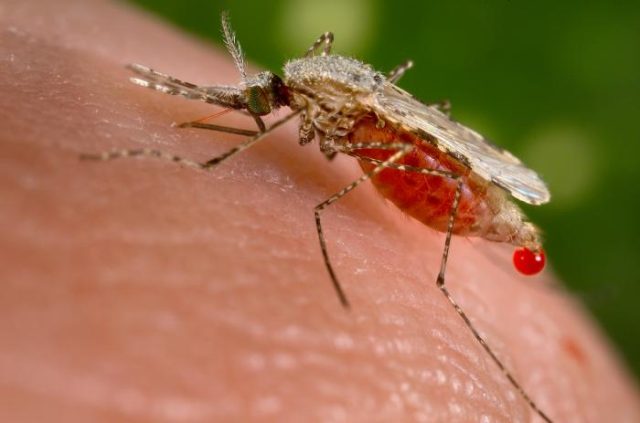-
 chevron_right
chevron_right
Everyone should get a COVID booster this fall, CDC says
news.movim.eu / ArsTechnica · Tuesday, 12 September, 2023 - 22:04

Enlarge / The Centers for Disease Control and Prevention (CDC) headquarters stands in Atlanta, Georgia, on Saturday, March 14, 2020. (credit: Getty | Bloomberg )
The Centers for Disease Control and Prevention on Tuesday recommended that everyone ages six months and older get an updated COVID-19 vaccine booster shot this fall or winter.
The recommendation came quickly on the heels of a meeting of CDC advisors who voted 13-to-1 strongly in favor of making the updated versions of mRNA COVID-19 vaccines available to everyone ages 6 months and older.
"The virus that causes COVID-19 is always changing, and protection from COVID-19 vaccines declines over time," the CDC said in an announcement. "Receiving an updated COVID-19 vaccine can restore protection and provide enhanced protection against the variants currently responsible for most infections and hospitalizations in the United States."








